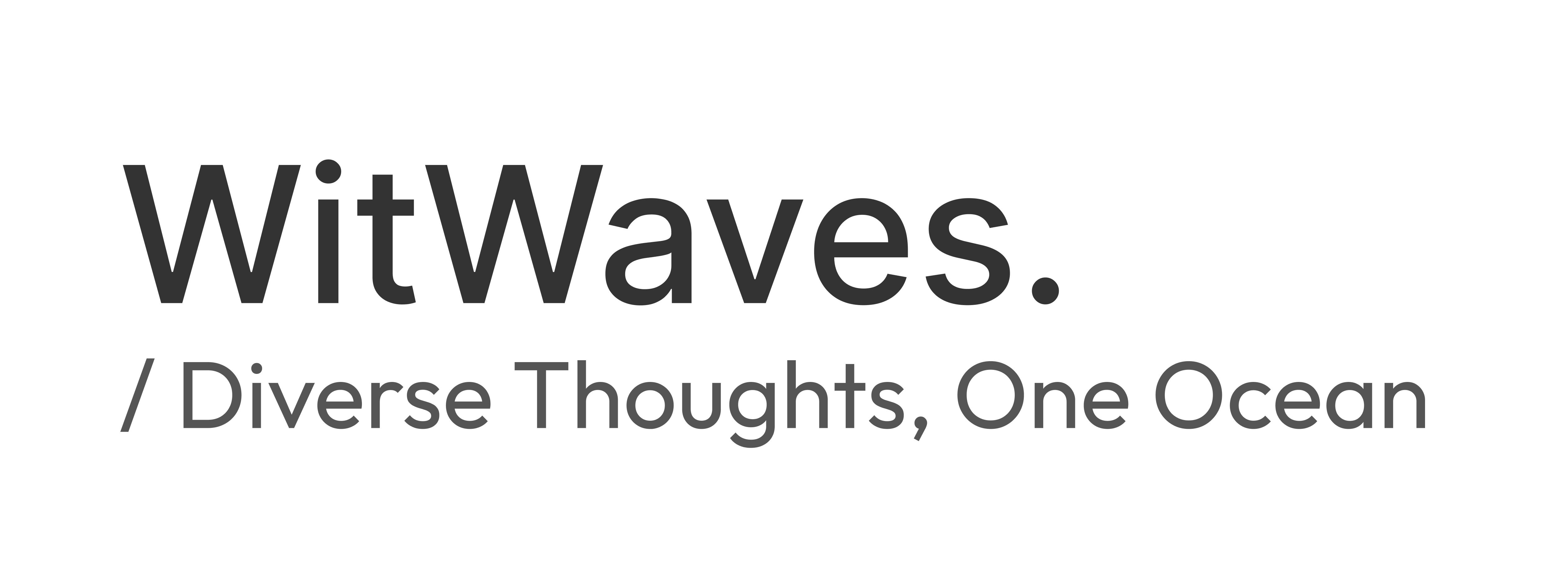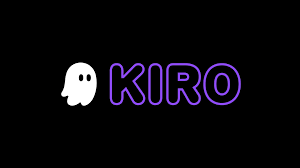In July 2025, Amazon Web Services (AWS) introduced Kiro, a next-generation agentic AI IDE designed to bring order to the chaos of “vibe coding.” More than just another AI code assistant, Kiro blends structured software engineering with AI-powered automation, aiming to redefine how modern software is built from prototypes to production.
In an industry dominated by tools that prioritize speed over structure, Kiro offers a radical shift: it combines spec-driven development, intelligent task management, deep project context, and traceable AI outputs, geared especially for professional developers and enterprise teams.
.png?alt=media&token=44d0228a-92d1-448c-9994-2e223d07359c)
What Makes Kiro Different?
1. Spec-Driven Development
Unlike traditional AI coding tools that start with vague prompts, Kiro begins with specs. Developers define clear requirements, user stories, or architectural intentions in structured files like requirements.md. From there, Kiro decomposes specs into:
- Data schemas
- API routes
- Component blueprints
- Validation logic
- Implementation tasks
For instance, a simple line like "Users can create groups with a name, description, and cover image" evolves into a series of planned actions aligned to your existing stack.
2. Agentic Workflows and Hooks
Kiro doesn’t just suggest code but it manages your development lifecycle. Its AI agents sequence tasks, enforce project consistency, and keep everything from code, documentation, tests synced and auditable. Through event-driven hooks, Kiro can:
- Run unit and integration tests
- Format and lint code
- Update or regenerate documentation
- Scan for security flaws
- Flag dependency issues
These hooks are triggered on file saves, commits, or spec changes, enforcing best practices by default.
3. Deep Context Awareness
Built on Code OSS (the open-source base of VS Code), Kiro integrates easily into modern workflows. But what sets it apart is its rich project context:
- Knows your folder structure and tech stack
- Tracks previous decisions and code dependencies
- Recommends architecture-aware strategies for frameworks like React, Angular, or Flask
- Can trace every generated function back to its originating spec
This makes Kiro not just smart, but responsible, removing the “black box” feeling of AI coding.
4. Specification- Implementation Traceability
One of Kiro’s most enterprise-ready features is traceability. Every code artifact is linked back to its corresponding specification, including design.md, tasks.md, and test files are updated automatically as the project evolves. This improves:
- Compliance
- Team onboarding
- Bug tracking
- Refactoring confidence
This level of documentation by default is unmatched in most modern AI coding tools.
Additional Feature Highlights
- Infra-as-Code Generation: Natively supports AWS CDK, SAM, and Terraform for backend/infrastructure scaffolding.
- Multi-Model Support: Works with Claude/Sonnet 4 and other large language models via its Model Context Protocol (MCP).
- Project and Task Management: Integrated task tracker and dependency maps for large, collaborative teams.
- Cloud-Agnostic by Design: Deep AWS integration, but works with local setups, third-party platforms, and non-AWS clouds.
Real-World Impact
Kiro addresses a major shortcoming of earlier AI IDEs: a lack of structure and governance. In production environments, fast code isn't enough; compliance, clarity, and consistency are more important. Enterprise teams using Kiro report:
- Fewer architectural errors
- Faster onboarding of new developers
- Easier audits and reviews
- Lower risk of tech debt
- Significantly reduced boilerplate and scaffolding time
For high-stakes sectors like fintech, healthcare, or SaaS platforms, this structure isn’t a bonus, it’s essential.
Availability and Pricing
- Currently in free public preview
- Free tier: 50 agentic actions/month
- Pro tier (coming soon): $19/user/month (1,000 actions)
- Pro+ tier: $39/user/month (3,000 actions)
- Additional actions at $0.04 each
- Works on macOS, Windows, and Linux
Who Should Use Kiro?
Kiro is ideal for:
- Product teams building long-term, maintainable applications
- Enterprises needing secure, auditable code generation
- DevOps engineers working with IaC and cloud architecture
- Developers tired of rewriting or cleaning up unstructured AI code
It’s not meant to replace fast-prototyping tools like Cursor or Copilot but to take your project the rest of the way, from MVP to production-ready system.
Final Thoughts
Kiro isn’t just an AI writing code but it’s an AI managing your development process. By requiring clear specifications, mapping code to purpose, and embedding intelligent workflows into your IDE, Kiro represents a new class of developer tools: agentic, traceable, and production-ready.In an age where AI tools can do everything except explain themselves, Kiro’s transparency-first approach sets a bold new standard.


Discussion
Start the conversation
No comments yet
Be the first to share your thoughts on this article. Your insights could spark an interesting discussion!